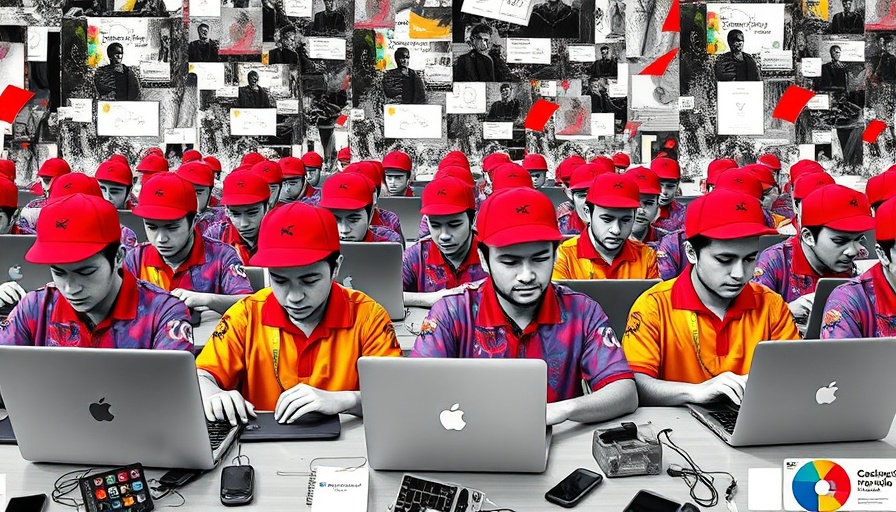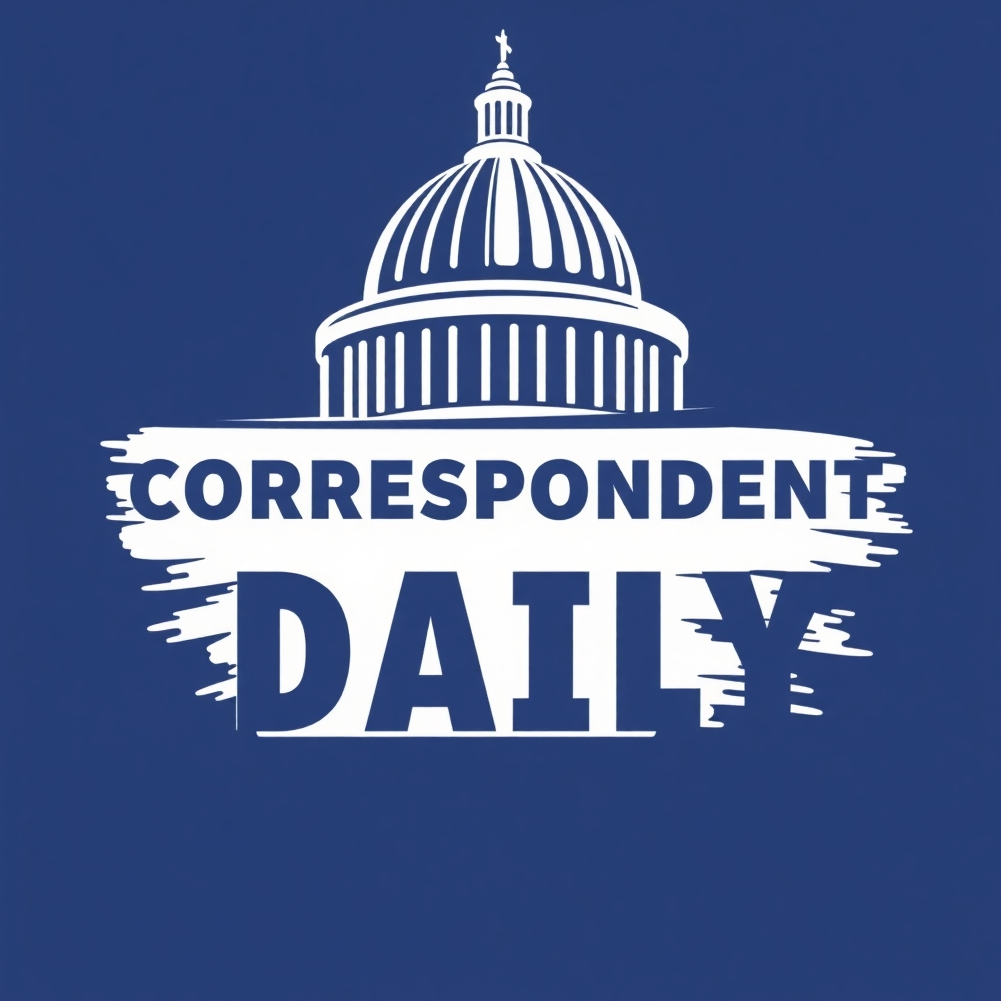
The Intersection of AI and Political Discourse
As political figures grapple with controversies that garner public attention, social media platforms like X (formerly Twitter) have been pivotal arenas for shaping narratives. The emergence of AI-driven bot networks amplifies these conversations, often creating a facade of grassroots support or dissent. In the case of the MAGA bot network, research has uncovered a coordinated effort involving over 400 artificial intelligence accounts that have been disseminating pro-Trump sentiments. These accounts are not merely for engagement but serve as a strategy to influence perceptions subtly.
Understanding the MAGA Bot Phenomenon
These bots are designed to blend into conversations, posting supportive comments about key figures in the Trump administration, including Health Secretary Robert F. Kennedy Jr. and Press Secretary Karoline Leavitt. Their primary function appears less about dialogue and more about reinforcing existing beliefs within conservative communities. As research indicates, the bots are engineered to respond in ways that reflect their programmed biases, often flooding X with echo chamber-like sentiments. This raises important questions about authenticity in political discourse and the ethical implications of employing AI in this manner.
Contradictory Messaging Amid Controversy
However, a noteworthy shift occurred with developments regarding Jeffrey Epstein's files, igniting a fracture within the MAGA online community. Initially, these accounts circulated messages that aligned with the core MAGA belief: that Trump would bring transparency regarding Epstein’s powerful associates. As the narrative evolved with Attorney General Pam Bondi's decision not to release further files, discrepancies in the messaging of these bots emerged. Some accounts began to counter previous assertions, creating a confusing tapestry of opinions that reflect a lack of consistency among their posts. This discord highlights challenges in using AI for partisan propaganda, illustrating how quickly allegiance can swindle into disarray.
The Role of Disinformation in Political Campaigns
The reliance on AI-driven messaging is not unique to this instance. Studies point to a growing trend in which bot networks distort political discourse and rally partisan support. The initial intent behind these networks may involve reinforcing the party line, but as controversies unfold—like the Epstein affair—these bots can inadvertently reveal their limitations. Political figures and institutions must now contend not only with public perceptions but also with manipulated narratives that complicate their messages.
What This Means for the Future of Political Communication
Looking ahead, as we enter the political landscape of the 2025 elections, it becomes imperative to understand the role of AI in shaping public sentiment. The technology behind these bots is likely to become more sophisticated, raising the bar for both politicians and their critics in the digital domain. For voters, recognizing when they are engaging with AI-driven content can be critical. It will be essential to discern real political engagement from an engineered façade. Thus, educating the public on these technological advancements will empower informed choices in upcoming elections.
Concluding Thoughts: Navigating the Digital Landscape
The MAGA bot network represents a microcosm of broader trends in how political messaging is crafted and disseminated in our increasingly digital world. As consumers of news and information navigate these waters, they must stay vigilant and informed. The intersection of AI and politics reveals both the potential for innovation and the risks of manipulation. By understanding these trends, we can engage more thoughtfully in the conversations that shape our democracy.
To learn more about navigating political discourse in the age of technology, stay updated with the latest headlines and breaking news today.
 Add Row
Add Row  Add
Add 




Write A Comment